Cleaner Air, Better Business
The quality of the air we breathe indoors significantly impacts our health and well-being. Did you know that employees spend an average of 90% of their workday indoors according to the Environmental Protection Agency? That's a significant amount of time being exposed to the air quality within your commercial space. In commercial spaces, where people spend a large portion of their day, maintaining good air quality is essential for employee productivity and overall business success.
Unfortunately, indoor air can often be 2-5 times more polluted than outdoor air, filled with dust, allergens, and harmful chemicals. This poor air quality can harm your business. Studies by Harvard University show a clear link between poor indoor air quality and decreased employee productivity. Respiratory problems, fatigue, and headaches can all become common occurrences, leading to absenteeism and a less productive work environment.
Aware of the impact of poor air quality, businesses are increasingly seeking solutions to create healthier and more productive work environments. A 2020 U.S. workplace survey conducted by a renowned architecture and design firm found that 70% of U.S. workers believe their workplace could do more to improve air quality. And ever since, the need for air solutions has gone skyhigh. This trend highlights a growing recognition of the link between clean air and a thriving business.
One such solution gaining traction is the use of negative ion air purifiers. These innovative devices offer a promising way to combat indoor air pollution and create a healthier work environment for your employees. Before incorporating a negative ion air purifier into your commercial space, it's essential to understand its mechanism, potential benefits, and limitations. Let's explore these aspects in greater detail:
Understanding Negative Ion Air Purifiers
What are negative Ion Air Purifiers?
Negative Ion Air Purifiers are innovative devices that utilize the power of electricity to improve indoor air quality. They generate electrically charged molecules called negative ions. Imagine these negative ions as tiny magnets with an extra electron, attracting airborne pollutants like dust, allergens, and even some bacteria and viruses.
How do negative Ion Air Purifiers work?
Here's a relatable analogy to understand their function:
Think of a negatively charged balloon. When you rub your hair against a balloon, it picks up extra electrons and becomes negatively charged. Similarly, negative ion air purifiers generate these negative ions. These negatively charged ions then act like tiny magnets in the air.
Most airborne pollutants have a positive electrical charge. Opposites attract, right? negatively charged ions emitted from the air purifier attract positively charged pollutants in the surrounding air. This creates a bond between the ion and the pollutant, making the combined particle heavier.
The weighted-down particles (pollutants clinging to negative ions) can no longer stay airborne. They fall to surfaces in your commercial space, where they can be easily removed through regular cleaning.
Air Quality Challenges in Commercial Settings
Air Quality Challenges in Commercial Settings: The Impact on Your Business
While negative ion air purifiers offer promising benefits, it's crucial to understand the air quality challenges you're facing in your commercial space. Here's a closer look at common issues and their impact:
Identifying Common Air Quality Concerns
Commercial spaces are susceptible to lots of air quality concerns that can negatively affect your employees and customers. Here are some of the most common culprits:
Dust, Pollen, and Allergens: These airborne irritants can trigger allergy and asthma symptoms, leading to discomfort and decreased productivity for employees and customers alike.
Volatile Organic Compounds (VOCs): Volatile organic compounds (VOCs) are chemicals released into the air from products such as paints, cleaning agents, and building materials. Exposure to VOCs can cause respiratory problems, headaches, and fatigue.
Biological Contaminants: Mold, bacteria, and viruses can thrive in poorly ventilated spaces, posing health risks and creating unpleasant odors.
Poor Ventilation: Inadequate ventilation can lead to stagnant air, trapping pollutants and creating a stuffy, uncomfortable environment.
Secondhand Smoke: Even if smoking is prohibited indoors, residual particles from outside can still linger and impact air quality.
The High Cost of Poor Air Quality
The impact of poor air quality goes beyond discomfort. Studies have shown a clear link between poor IAQ and several negative consequences for your business:
1. Decreased Employee Productivity: Respiratory problems, fatigue, and headaches associated with poor air quality can significantly hinder employee focus and performance.
2. Increased Absenteeism: Illness caused by airborne pollutants can lead to more employee absences, impacting your workforce's efficiency.
3. Customer Dissatisfaction: A stuffy, unpleasant environment can deter customers and negatively impact their experience.
4. Higher Healthcare Costs: Respiratory problems and allergies triggered by poor air quality can translate to increased healthcare costs for your employees.
By addressing these air quality challenges with a holistic approach that includes negative ion air purifiers and other solutions, you can create a healthier, more productive, and welcoming environment for everyone in your commercial space.
How Negative Ion Air Purifiers Can Improve Air Quality
Now that you understand the common air quality challenges in commercial spaces and their negative impact, let's review how negative ion air purifiers can help and where they fall short in addressing these concerns.
Effectiveness in Removing Pollutants and Allergens
Negative ion air purifiers work by generating negative ions that attract airborne particles. These particles include:
Dust and allergens: Dust mites, pollen, pet dander, and other allergens can be attracted and weighed down by negative ions, causing them to fall to the surfaces where they can be removed through cleaning.
Some bacteria and viruses: Limited research suggests negative ions might clump or even inactivate certain bacteria and viruses. However, the effectiveness can vary depending on the specific strain and the concentration of negative ions.
Limitations to Consider
Negative ion air purifiers have limitations that businesses should be aware of:
Limited Reach: Due to their relatively short lifespan, they may not effectively reach all areas of a large commercial space. Multiple purifiers might be needed for optimal coverage.
Settling, Not Eliminating: Negative Ion air purifiers work differently from air scrubbers. Negative ions primarily address pollutants by causing them to clinch on surfaces. These pollutants are not destroyed and require regular cleaning to prevent them from re-entering the air.
Limited Impact on Certain Pollutants: Negative ions may not be as effective against gaseous pollutants like volatile organic compounds (VOCs) or airborne chemicals. HEPA filters are better suited for capturing these types of contaminants.
Air Quality Concerns: In some cases, negative ion air purifiers might generate ozone, a lung irritant, as a byproduct. Look for models with features that minimize ozone production. Consult with a qualified professional if you have concerns about ozone levels.
Neutralization of Harmful Particles
The role of negative ions in neutralizing harmful particles is a topic with ongoing research. While some studies suggest they might break down certain bacteria and viruses, more research is required to confirm their effectiveness and understand the mechanisms at play.
It's important to note that negative ion air purifiers are not a guaranteed solution for all air quality issues. They may not be effective against:
Gasses and chemicals (VOCs): Negative ions primarily target airborne particles, not gaseous pollutants like VOCs commonly found in paints, cleaning products, and building materials.
Smoke particles: Smoke particles are very little and may not be effectively captured by negative ions alone. HEPA filters are more suitable for removing smoke particles.
Final Takeaway
Negative ion air purifiers can be a valuable tool for improving indoor air quality in commercial settings by reducing airborne pollutants and allergens. Their effectiveness is enhanced when they are utilized with other air quality strategies like HEPA filtration and proper ventilation. However, it's important to know their limitations and choose purifiers with minimal ozone production. By understanding the strengths and drawbacks of negative ion technology, businesses can make informed decisions about incorporating them into their air quality improvement plans.
For a comprehensive approach to IAQ, consider combining negative ion technology with HEPA filtration, proper ventilation, and regular cleaning.
If you need trusted air solutions you can trust, check out our shop here.

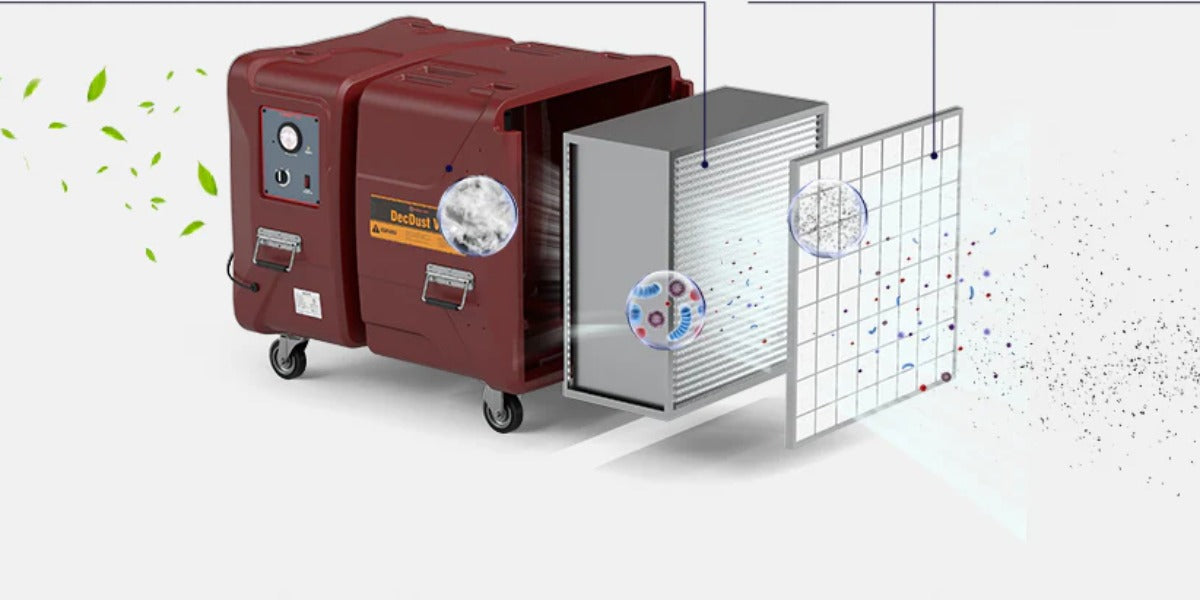

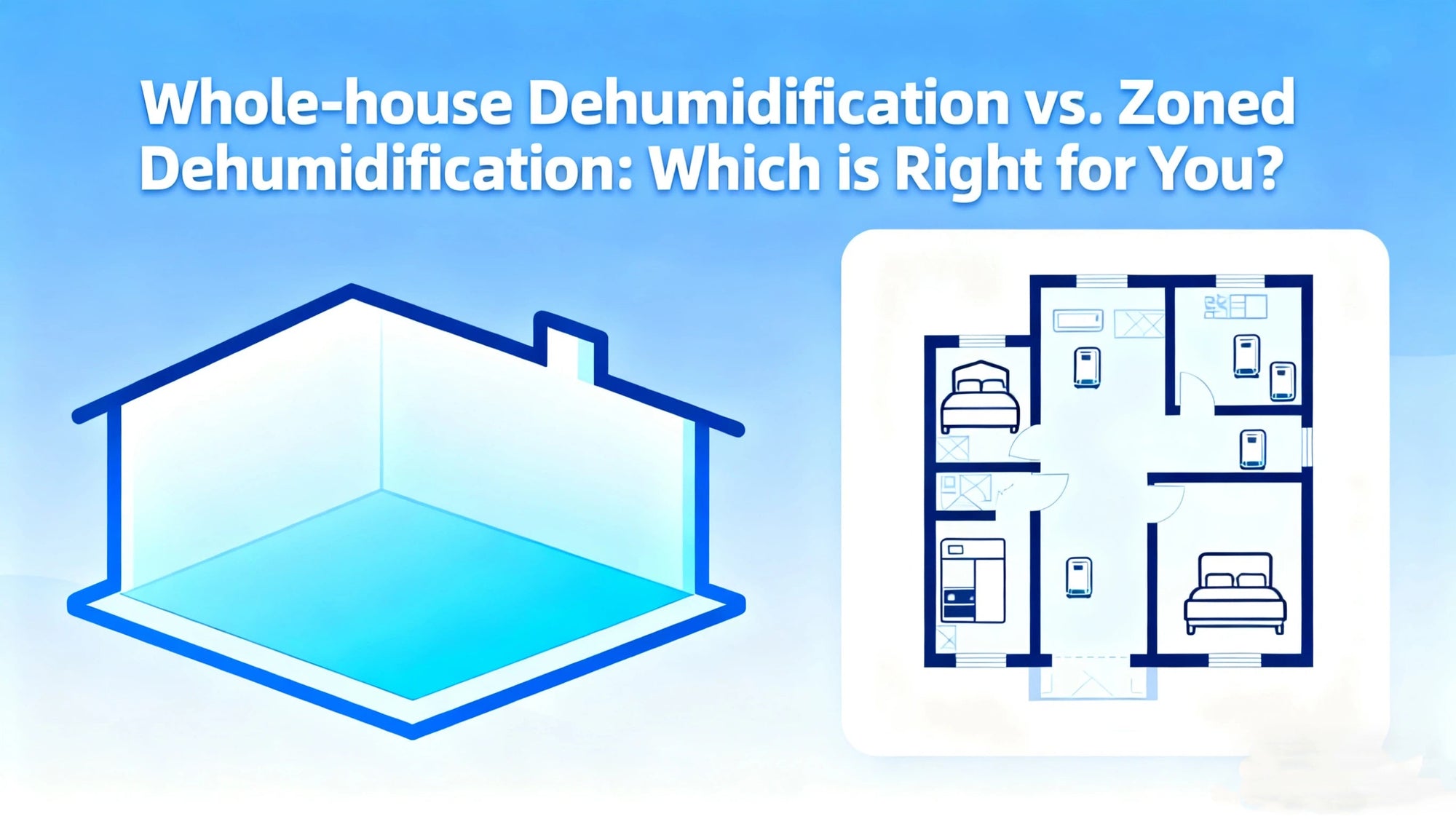
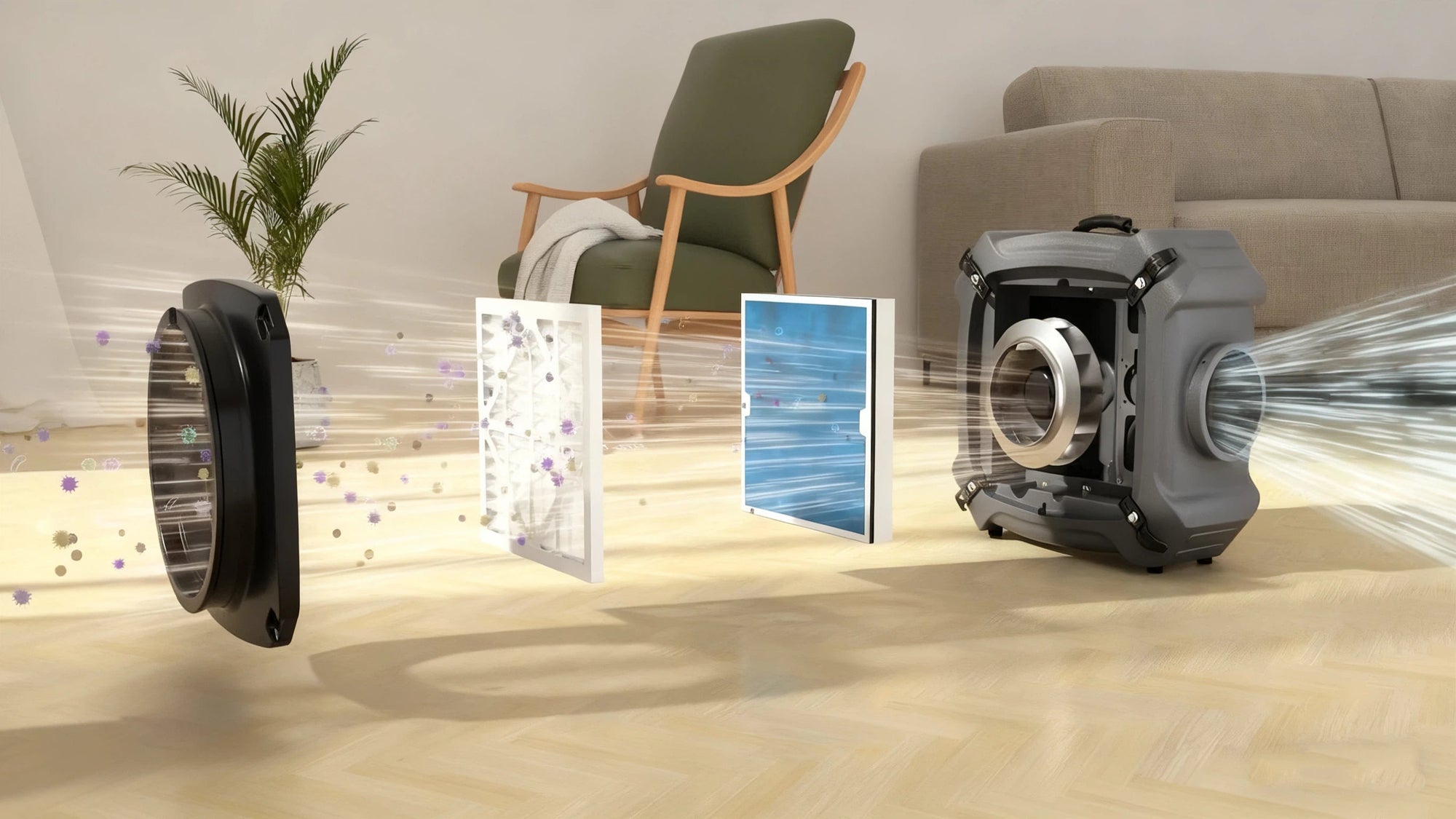
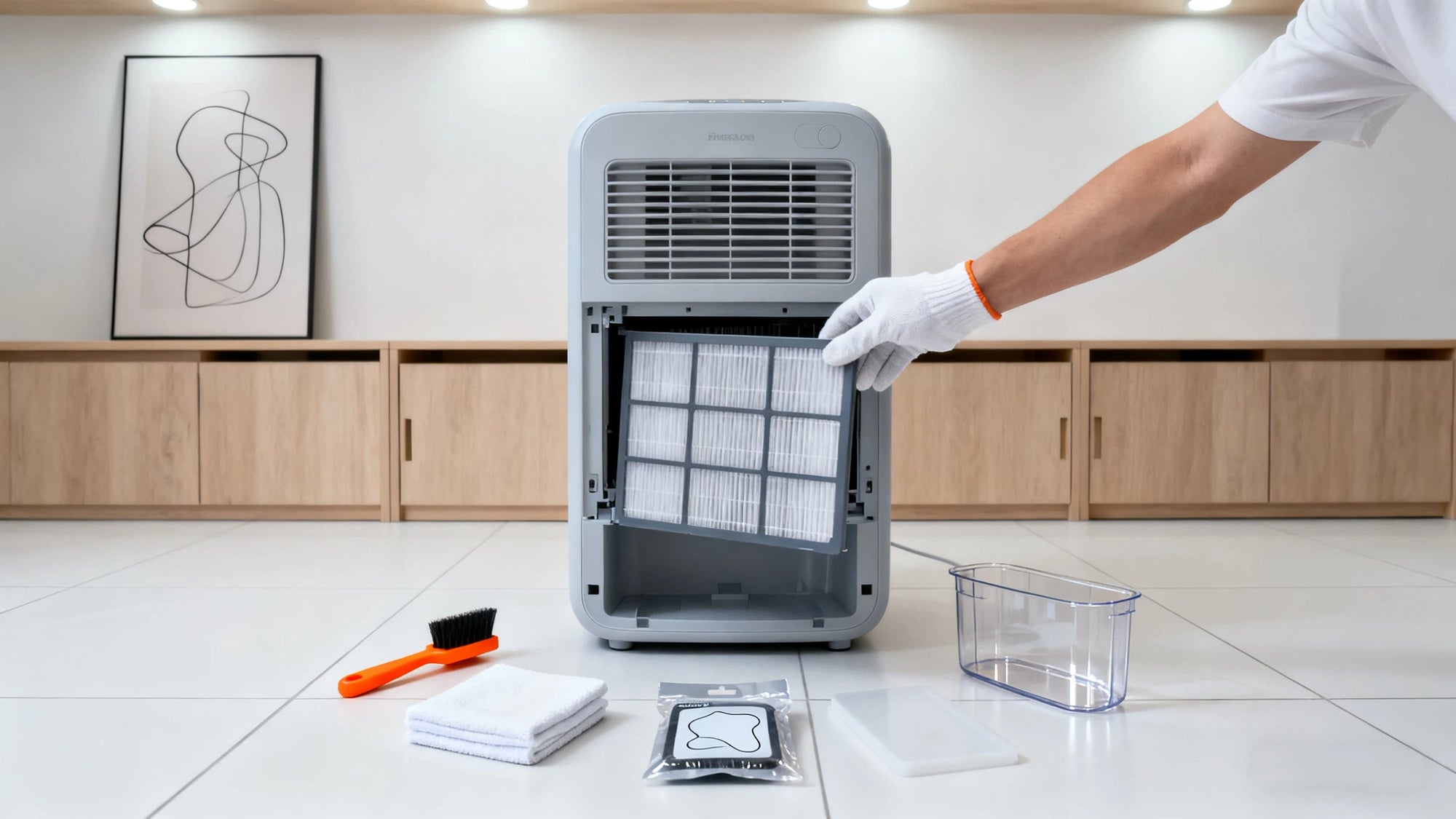
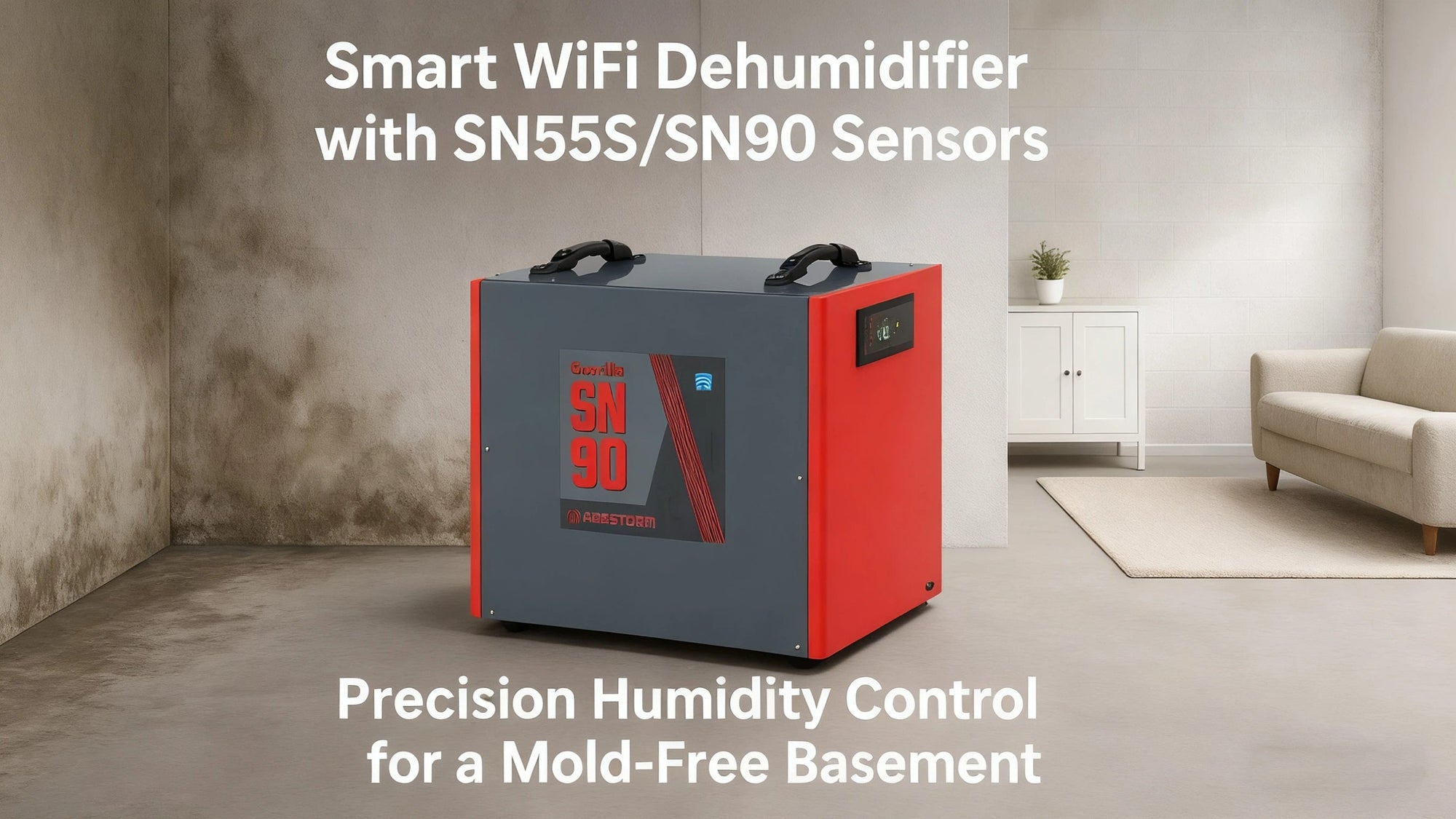
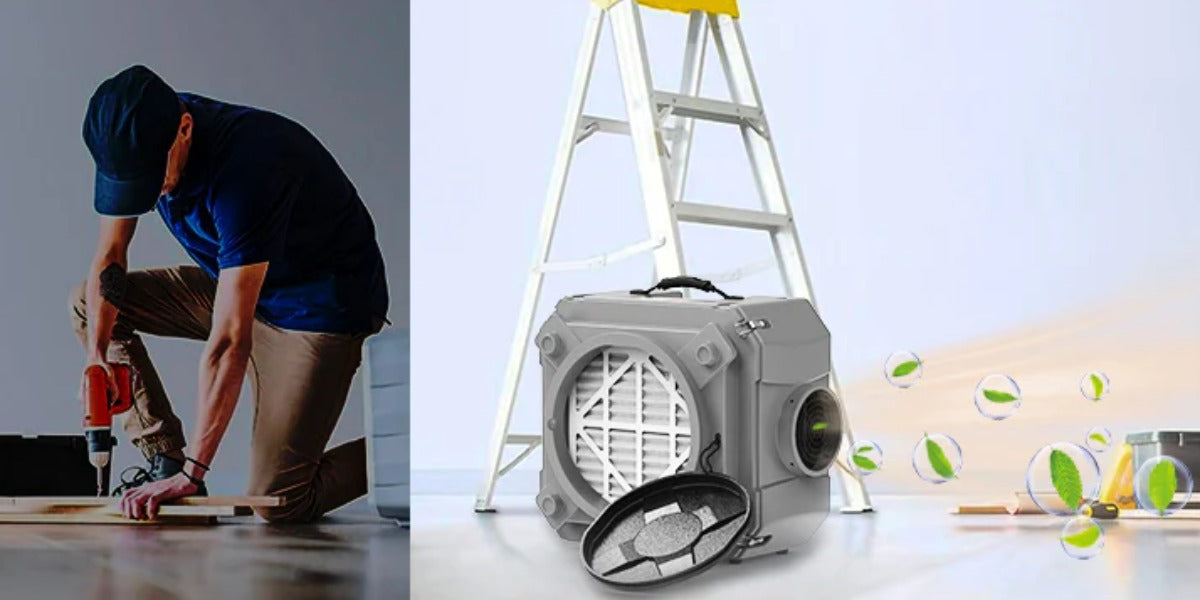
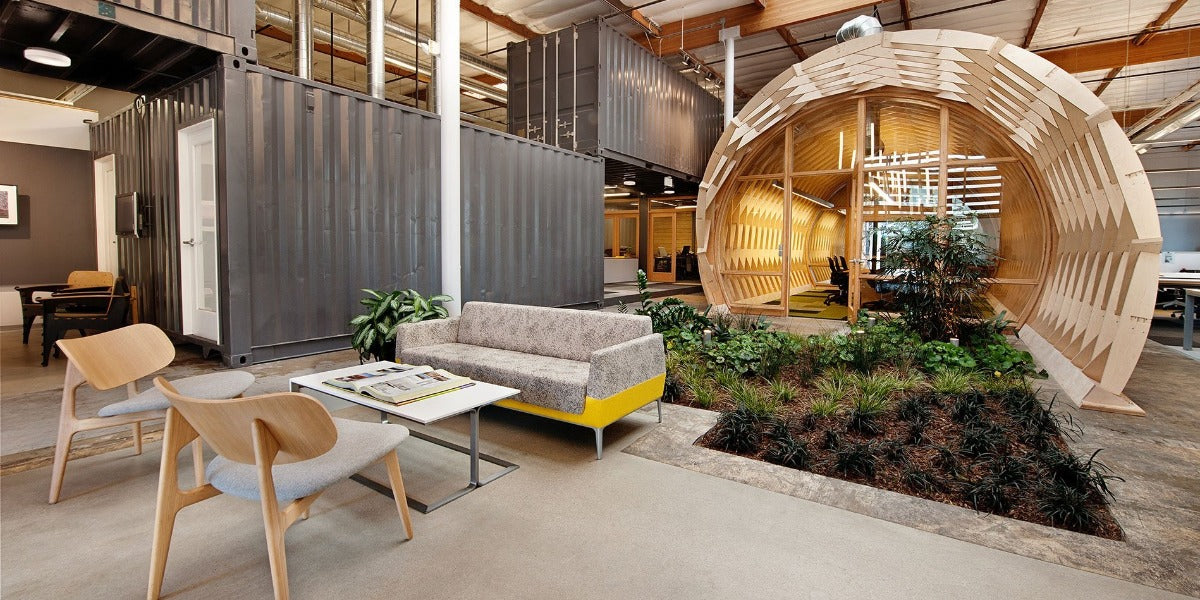
Shop For Dehumidifier
Abestorm 170 PPD 2,100 Sq.Ft Commercial Dehumidifier with Pump and Drain Hose | Hurricane 800
Abestorm 180 PPD 2,300 Sq.Ft Commercial Dehumidifier with Pump and Drain Hose | Hurricane LGR85
Abestorm 180 PPD 2,300 Sq.Ft Smart WIFI Commercial Dehumidifier with Pump and Drain Hose | Hurricane LGR85-Grey (wifi app not available now)
Abestorm 264 PPD 3,000 Sq.Ft Commercial Dehumidifier with Pump and Drain Hose | Hurricane 125P